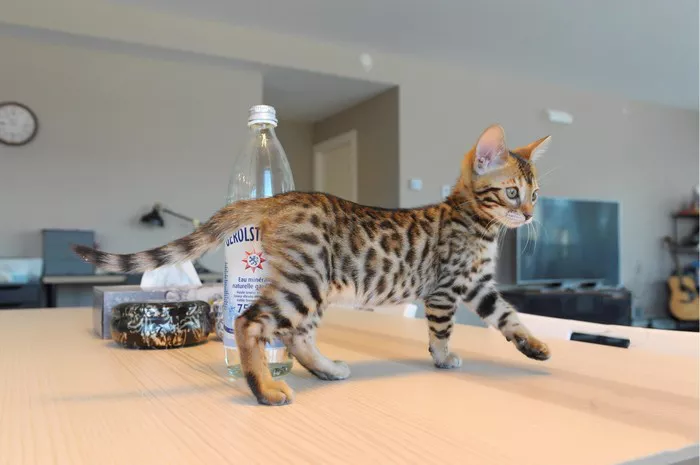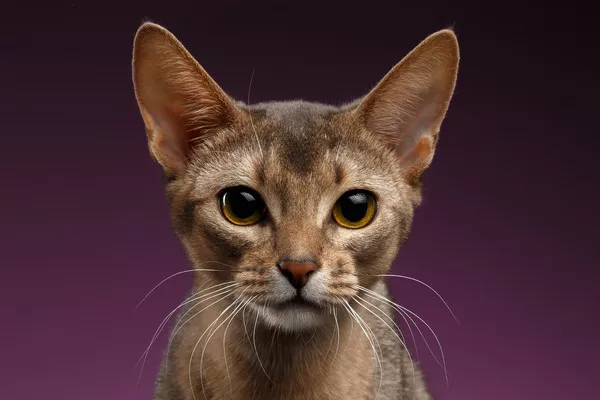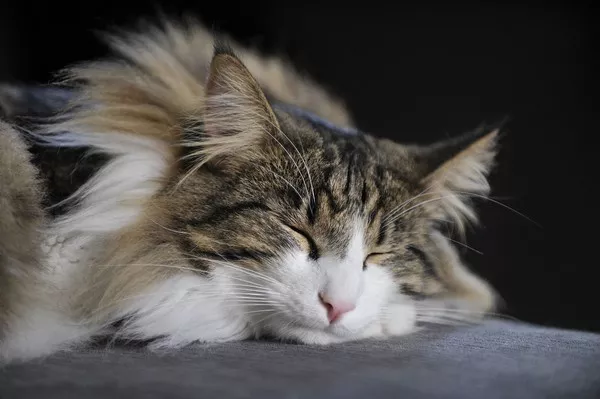Bengal kittens, with their distinctive spotted or marbled coat patterns and energetic nature, are a sought-after breed among cat enthusiasts. As a responsible Bengal cat owner, ensuring that your kitten receives appropriate nutrition is crucial for their overall health and development. The question of how much a Bengal kitten should eat is a common concern for cat owners seeking to provide the best care for their feline companions. In this comprehensive guide, we explore the dietary needs of Bengal kittens, factors influencing their feeding requirements, and practical tips for establishing a healthy and balanced feeding routine.
Understanding Bengal Kitten Dietary Needs
Before delving into the specifics of how much to feed a Bengal kitten, it’s essential to understand their unique dietary requirements. Bengal kittens, like all felines, require a well-balanced diet that provides essential nutrients for growth, energy, and overall health. Key components of a healthy Bengal kitten diet include:
High-Quality Kitten Food:
Opt for a premium, commercially available kitten food formulated to meet the specific nutritional needs of growing cats. Look for options that list meat as the primary ingredient and are designed to support the development of kittens.
Protein-Rich Diet:
Bengals, being an active and muscular breed, benefit from a diet rich in high-quality animal protein. Protein is essential for muscle development, and a kitten’s diet should contain around 30-40% protein.
Essential Nutrients:
Ensure that the kitten food provides essential nutrients such as taurine, omega-3 fatty acids, vitamins, and minerals. These nutrients are vital for various aspects of a kitten’s health, including vision, immune function, and coat quality.
Appropriate Kibble Size:
Choose kitten kibble that is appropriately sized for their small mouths. This ensures that they can easily chew and digest their food.
Hydration:
While dry kitten food is a common choice, incorporating wet food or providing access to fresh water is crucial for maintaining proper hydration. Adequate water intake supports overall well-being and helps prevent urinary issues.
Factors Influencing Feeding Requirements
Determining how much to feed a Bengal kitten involves considering several factors that influence their individual feeding requirements. Each kitten is unique, and factors such as age, weight, activity level, and health condition contribute to their specific nutritional needs.
Age:
Bengal kittens experience rapid growth during their early months. Younger kittens typically require more frequent feeding, with the number of meals gradually decreasing as they transition to adulthood.
Weight:
Monitoring your Bengal kitten’s weight is essential for adjusting their food intake. Underweight kittens may need additional calories, while overweight kittens may require a controlled diet.
Activity Level:
Bengals are known for their active and playful nature. Kittens with higher activity levels may burn more calories and, consequently, require slightly larger portions.
Health Condition:
Kittens with specific health conditions, such as gastrointestinal sensitivities or allergies, may require specialized diets. Consult with a veterinarian if you suspect any health issues that could impact their dietary needs.
Transition to Adult Food:
As Bengal kittens approach adulthood, their nutritional needs change. Gradually transitioning them to a high-quality adult cat food that supports their continued well-being is essential.
General Guidelines: How Much to Feed a Bengal Kitten
While Bengal kittens’ feeding requirements can vary, establishing a general guideline based on age provides a starting point for cat owners. Keep in mind that these are approximate recommendations, and individual adjustments may be necessary based on the factors mentioned earlier:
Up to 4 Months:
Frequency: 3-4 meals per day.
Portion Size: 1/4 to 1/3 cup of high-quality kitten food per meal.
4 to 6 Months:
Frequency: 3 meals per day.
Portion Size: 1/3 to 1/2 cup of kitten food per meal.
6 to 12 Months:
Frequency: 2-3 meals per day.
Portion Size: 1/2 to 3/4 cup of high-quality kitten food per meal.
It’s important to note that these are general recommendations, and individual Bengal kittens may require more or less food based on their unique needs. Regular monitoring of weight, consultation with a veterinarian, and adjustments to their diet as they grow are essential components of responsible kitten care.
Practical Tips for Feeding Bengal Kittens: A Seamless Routine
Establishing a seamless feeding routine for your Bengal kitten involves more than just determining portion sizes. Consider the following practical tips to enhance the feeding experience and promote a positive relationship with food:
Scheduled Feeding Times:
Establish a consistent feeding schedule to provide structure for your Bengal kitten. Regular feeding times help regulate their appetite and contribute to a routine they can rely on.
Interactive Feeders:
Bengals are intelligent and enjoy mental stimulation. Consider using interactive feeders or puzzle toys that dispense food. This not only engages their minds but also slows down the eating process, preventing overconsumption.
Monitoring Body Condition:
Regularly assess your Bengal kitten’s body condition to ensure they are maintaining a healthy weight. Adjust their food intake as needed to address any changes in weight.
Avoid Overfeeding:
While it’s tempting to indulge your adorable Bengal kitten, overfeeding can lead to weight issues. Follow feeding guidelines and consult with a veterinarian if you have concerns about their weight.
Transitioning to Adult Food:
Gradually transition your Bengal kitten to adult cat food as they approach one year of age. Follow the recommended guidelines for transitioning to prevent digestive upset.
Hydration is Key:
Ensure that your Bengal kitten has access to fresh water at all times. Adequate hydration is crucial for their overall health.
Regular Veterinary Check-ups:
Schedule regular veterinary check-ups to monitor your Bengal kitten’s health and receive guidance on their specific dietary needs.
Consulting with a Veterinarian
Every Bengal kitten is an individual with unique needs. Consulting with a veterinarian is a crucial aspect of providing optimal care. A veterinarian can offer tailored guidance on feeding, address any health concerns, and ensure that your Bengal kitten receives the best possible nutrition for their well-being.
If you notice any changes in your kitten’s behavior, appetite, or weight, seeking veterinary advice promptly is essential. Early intervention can prevent potential health issues and contribute to the long-term health and happiness of your Bengal companion.
Conclusion
In conclusion, how much to feed a Bengal kitten involves a thoughtful consideration of their age, weight, activity level, and overall health. Providing a well-balanced diet that meets their specific nutritional needs contributes to their growth, energy levels, and overall well-being.
By embracing a feeding routine that aligns with their individual requirements and consulting with a veterinarian for personalized guidance, you lay the foundation for a healthy and happy Bengal companion. Nurturing your Bengal kitten through appropriate nutrition ensures that they not only thrive during their early months but also enjoy a fulfilling and vibrant life as they transition to adulthood.


























